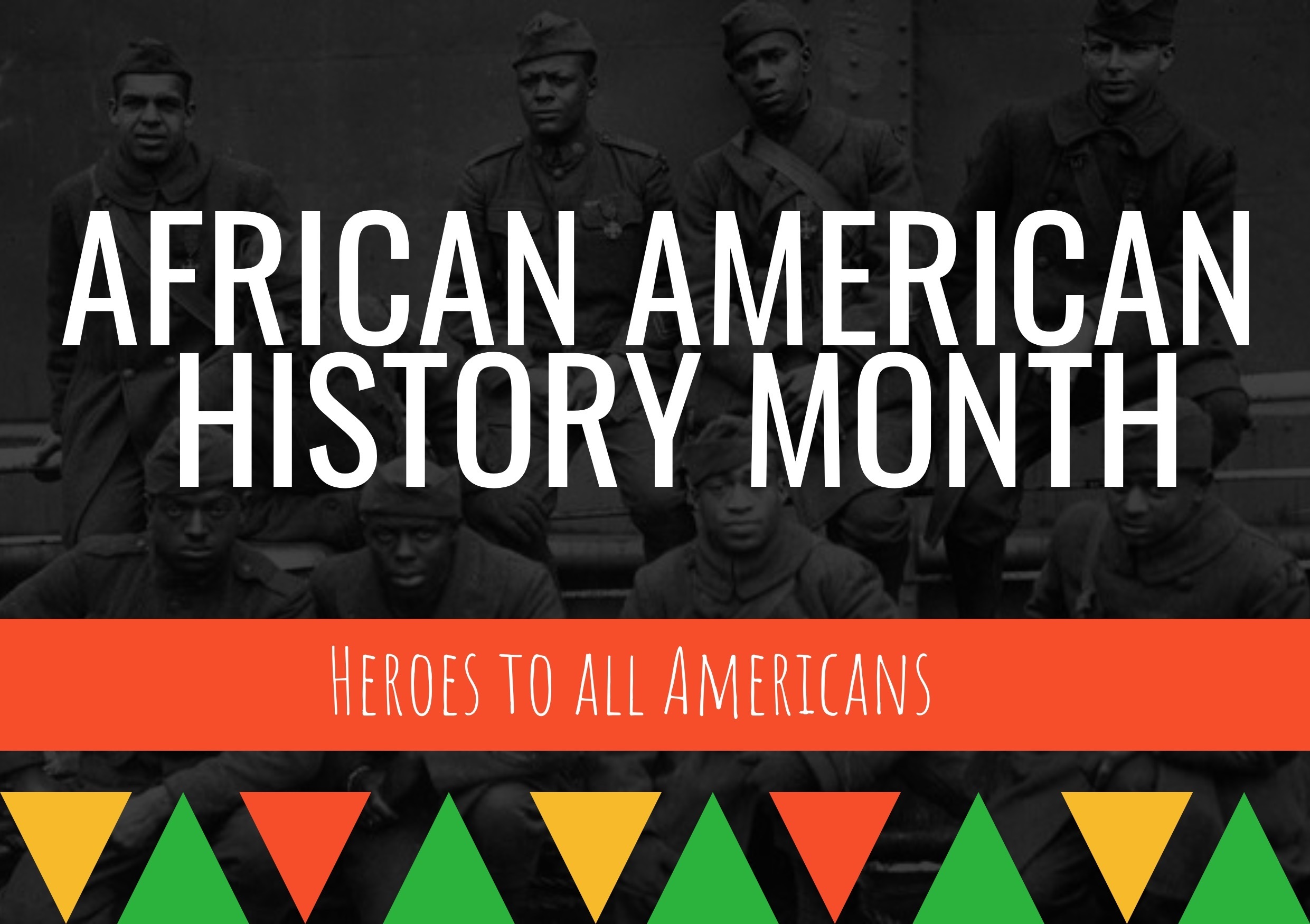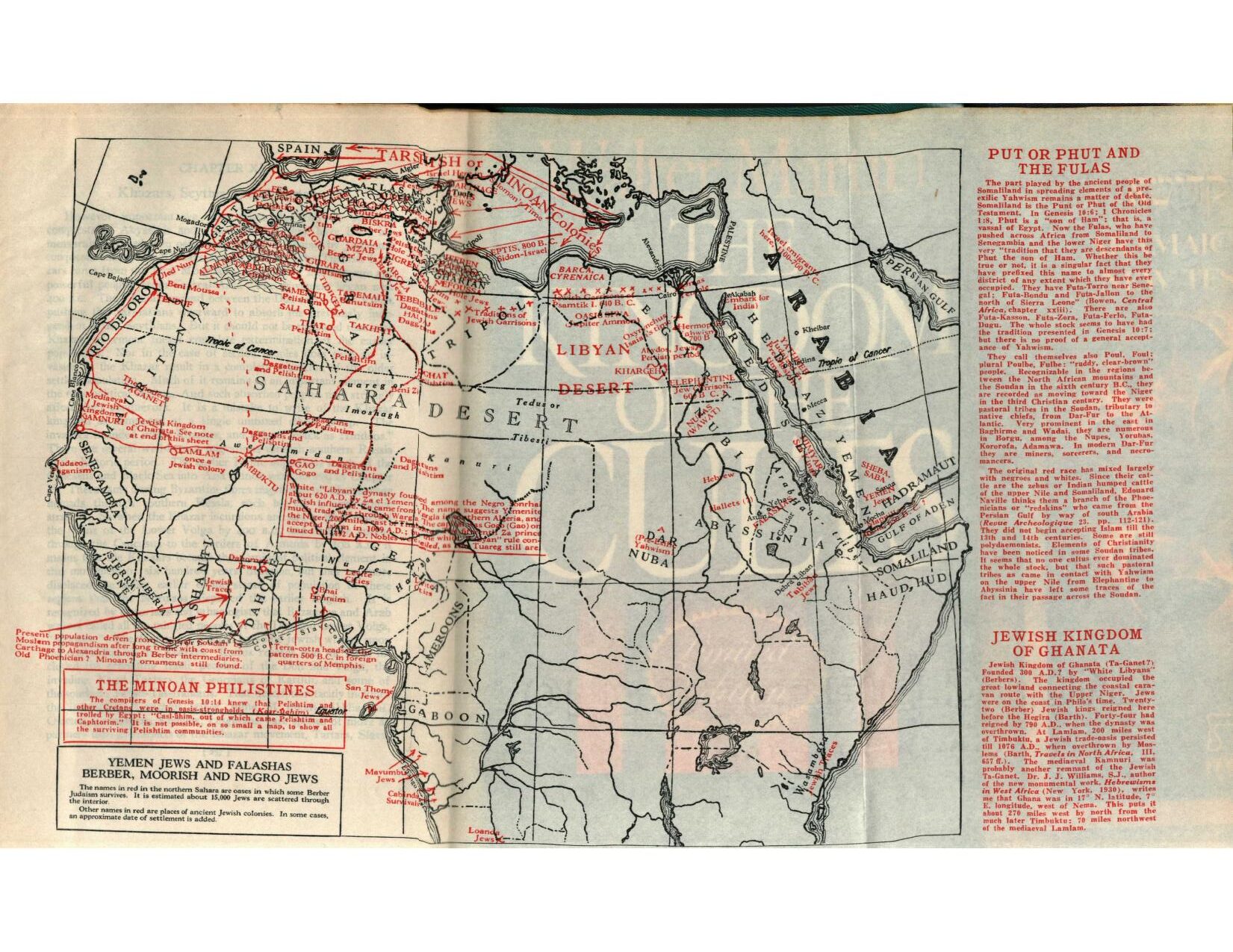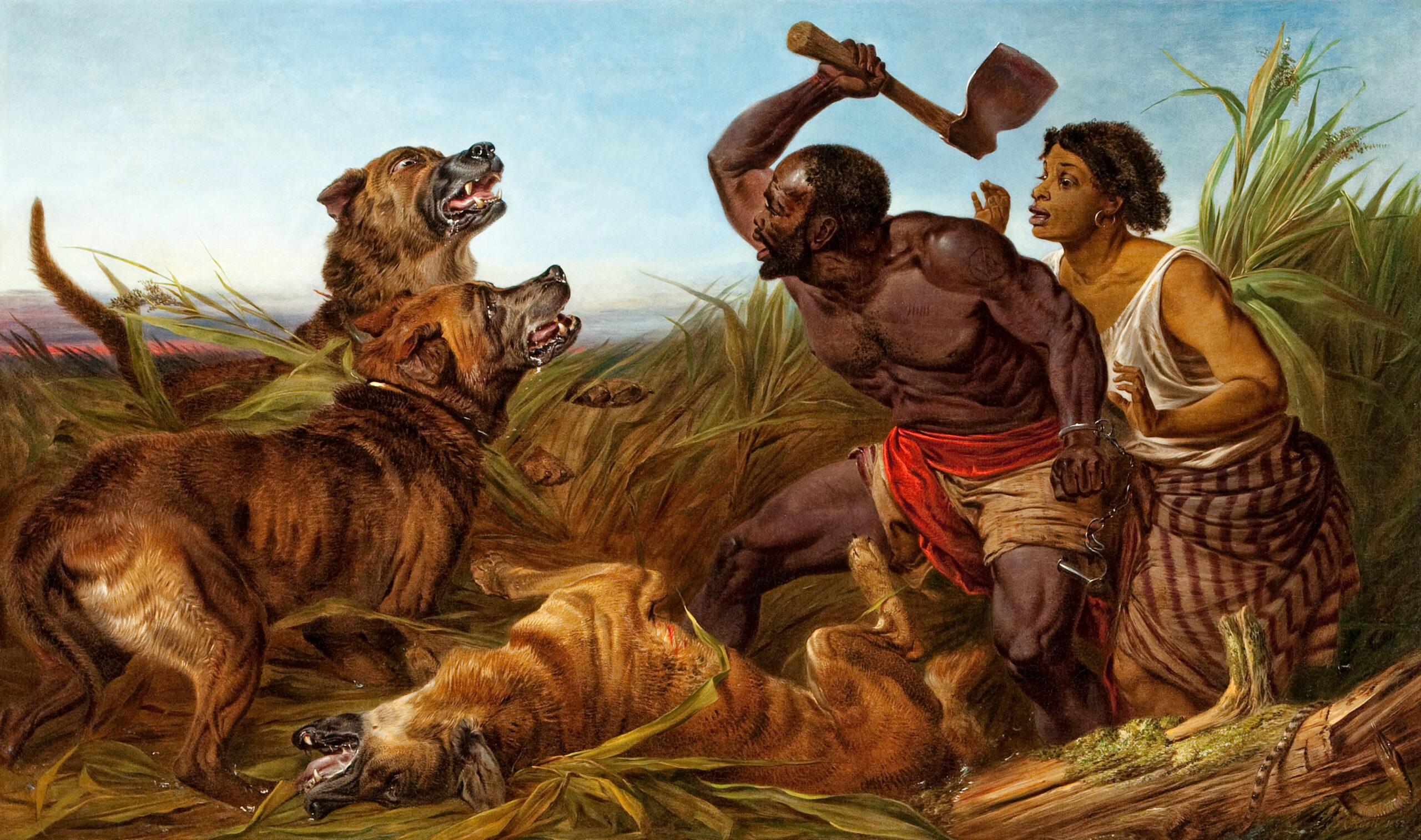This 1930s map created by Allen H Godbey shows various communities of black Jews and black Israelite descendants scattered throughout Africa.
Link: Archive.org
Title: The Lost Tribes A Myth Suggestions Towards Rewriting Hebrew History (p 266)
Date: 1930 AD
Creator: Allen H Godbey
BHITB and our affiliate sites are made possible by our sponsors. If you are interested in sponsoring an exhibit, please see our sponsor page for full details and benefits of becoming a sponsor. Click here to view our Sponsor Page.






You must be logged in to post a comment.